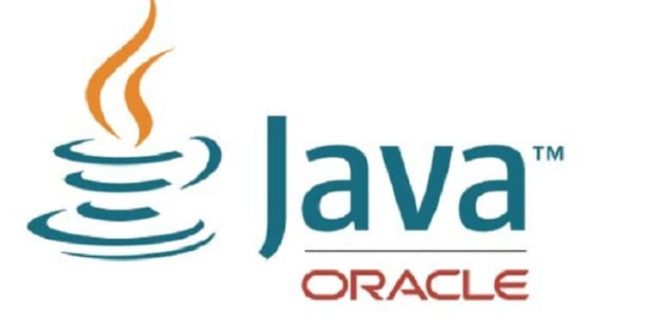Author: Nicolas Frankel Original post on Foojay: Read More This article is part of a series comparing different ways to implement asynchronous requests on the client, which is colloquially known as AJAX. I dedicated the previous post to Vue.js; I’ll dedicate this one to Alpine.js – not to be confused with Alpine Linux. I’ll follow the same structure as previously. …
Read More »
 NLJUG – Nederlandse Java User Group NLJUG – de Nederlandse Java User Group – is opgericht in 2003. De NLJUG verenigt software ontwikkelaars, architecten, ICT managers, studenten, new media developers en haar businesspartners met algemene interesse in alle aspecten van Java Technology.
NLJUG – Nederlandse Java User Group NLJUG – de Nederlandse Java User Group – is opgericht in 2003. De NLJUG verenigt software ontwikkelaars, architecten, ICT managers, studenten, new media developers en haar businesspartners met algemene interesse in alle aspecten van Java Technology.